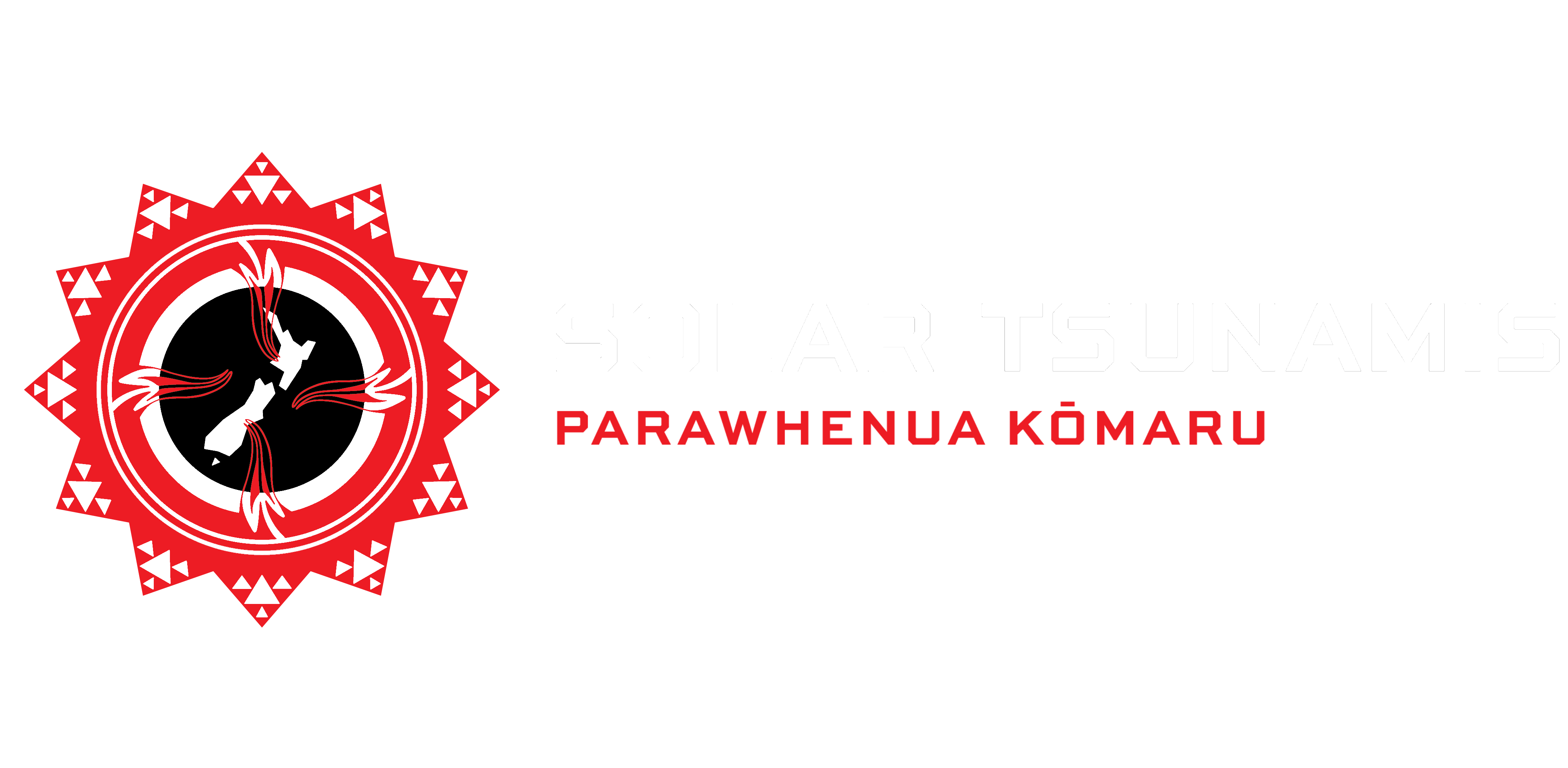The MANA network is a network of five geomagnetic observatories in Aotearoa New Zealand. The MANA network was set up as part of the SolarTsunamis project. The main aim of this project is to use the geomagnetic observatories to monitor and study geomagnetic storms across New Zealand. To see more details about the individual magnetometers, see the site overview.
Why Research Geomagnetic Storms?
A geomagnetic storm is a large disturbance of Earth’s magnetic field due to the interaction of the magnetic field with the solar wind. Large explosions on the Sun called Coronal Mass Ejections(CMEs) hurl charged gas-like material into the Solar Wind. After roughly 2 – 3 days this material reaches the Earth. Lucklily we on the ground are mostly protected my the Earth’s magnetic field. However, the magnetic field is greatly impacted during these events, and through various processes some of this charged material can enter the magnetic field. This is particularly true near the poles where these charges can form electrical currents in the atmosphere responsible for the southern lights or aurorae australis. The magnetic field disturbances called can generate geomagnetically-induced-currents (GICs). GICs are currents which form in conductors on the surface of the Earth (i.e. long wires) during these storms. GICs pose risks to ground infrastructure such as power-grids and pipelines. For power-grids in particular, GICs can lead to network tripping and overheating in components and damage, which in serious incidents could lead to a grid failure. Hence we study these magnetic field disturbances.

Figure 1 – A visual representation of a coronal mass ejection (CME). The CME hurls charged material from the Sun in the direction of the Earth, where it will impact the Earth’s magnetic field.

Figure 2 – A representation of how geomagnetically-induced-currents (GICs) can form in power-lines. The coronal mass ejections affects the Earth’s magnetic field. This in turn drives magnetic field variations that charge the Earth, which can make it’s way into power lines as GIC.

